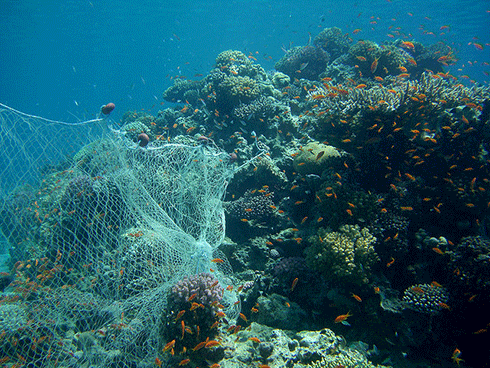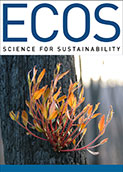
|
Published: 25 August 2014
Good news for turtles: study identifies Gulf ghostnet hotspot
The Gulf of Carpentaria off Australia’s northern coast has one of the highest rates of abandoned fishing nets, or so-called ghostnets, anywhere in the world. In fact, up to three tonnes of netting washes ashore each year for every kilometre of coastline.

|
|
An abandoned fishing net on a reef. Credit: Tim Sheerman-Chase CC BY 2.0
|
Getting caught in nets is one of the most common causes of death for marine turtles in Australia. Ghostnets have also been known to catch dugongs, sharks, and fish species and cause damage to coral reefs and seabeds. They can create shipping lane hazards and introduce alien species into vulnerable ecosystems.
Working with Ghostnets Australia and Indigenous rangers, CSIRO researchers have analysed data from more than 8000 ghostnets retrieved from the Gulf region’s coastline over a 7-year period. They found 5000–15,000 turtles had been caught in the nets during this time.
According to lead scientist, Dr Chris Wilcox, the team was able to find a solution that will allow regulators to manage the issue more effectively.
‘Using the data collected and oceanographic modelling, we’ve identified a pinch-point at the north-eastern section of the Gulf near Weipa, where nets can be intercepted and removed relatively cheaply – before they reach high-density turtle areas,’ he said.
As well as creating a healthier marine environment and a more sustainable fishing industry in the region, the study will improve our understanding of the overall global threat from marine debris, according to Dr Wilcox. This will inform regulation, enforcement, and conservation action.
Ghostnets Australia is an alliance of indigenous communities across Northern Australia from the Torres Strait and the Gulf of Carpentaria to the Kimberleys.
Source: news@CSIRO



